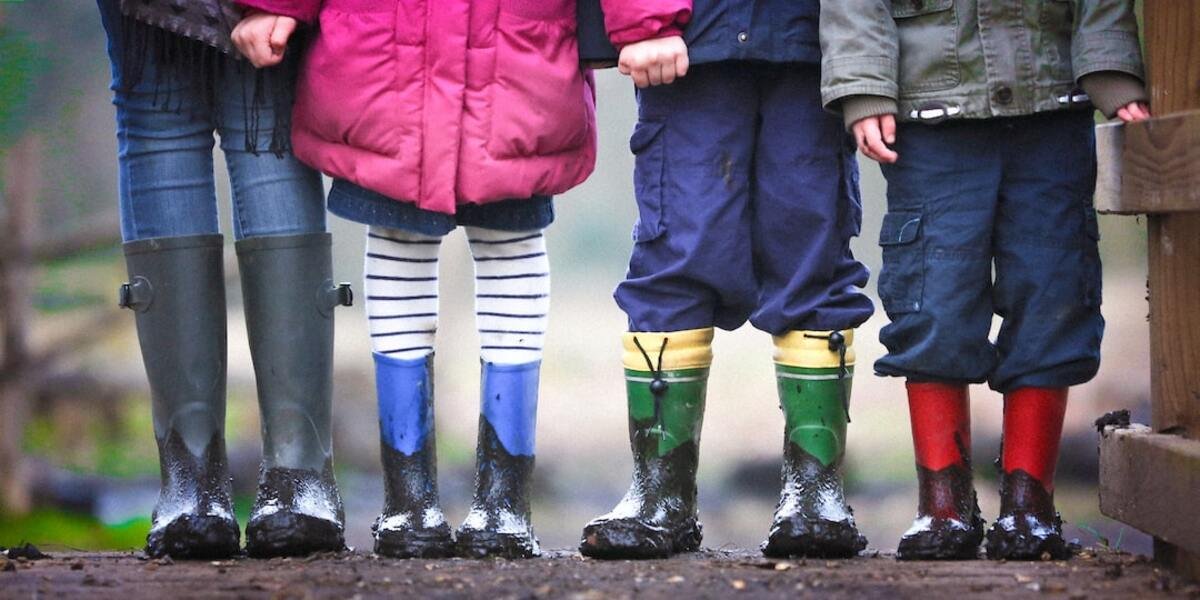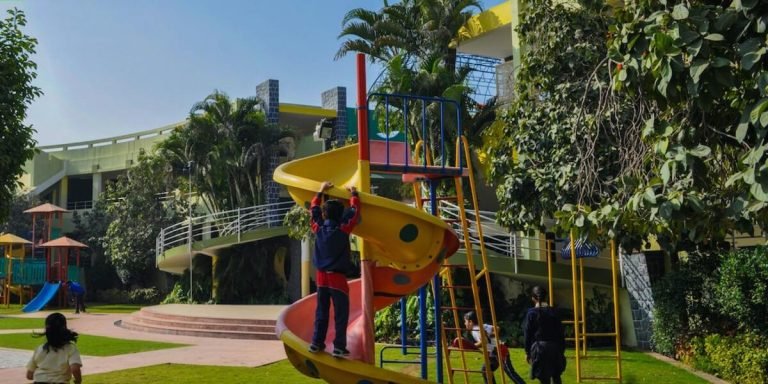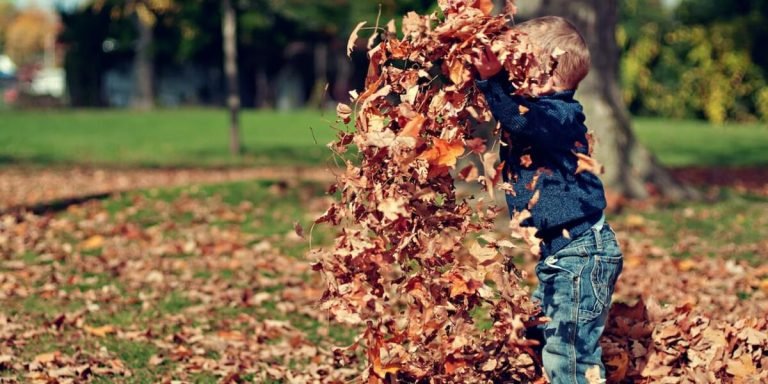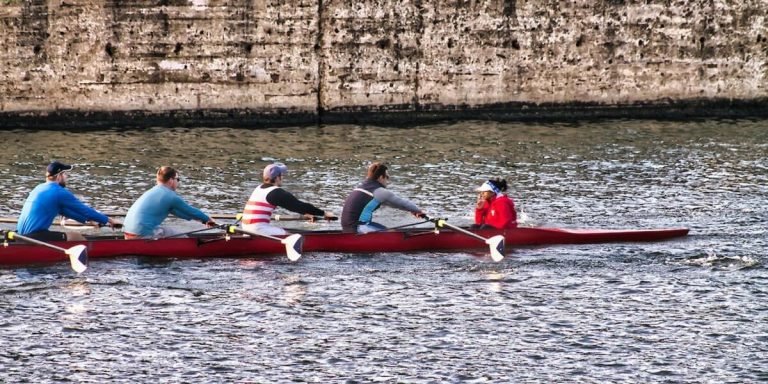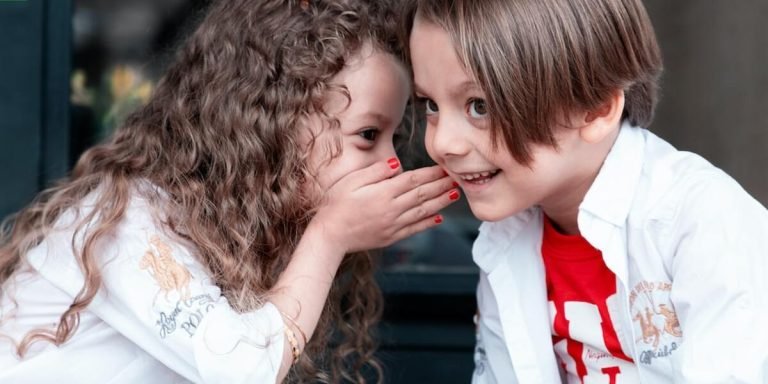School Trip: A Catalyst for Holistic Child Development
School trips have long been seen as a break from the rigidity of traditional classroom learning. While they indisputably offer respite, their benefits are far deeper and wide-reaching than just recreation. A well-planned school trip is much more; it’s an immersive experiential learning activity that stimulates holistic child development.
Experiential or Activity Based Learning in this context means being able to touch, feel, hear and interact with the subject matter of study, providing kids a tangible perspective into their lessons which is not possible within four walls. School trips enrich this form of education by offering real-world experiences designed to feed curiosity while presenting opportunities for social-emotional growth and academic enhancement all at once.
Did you know?
Did you know that a study by the University of Arkansas found that school trips contribute to students’ critical thinking abilities, interests and aspirations in ways classroom learning cannot? This makes such experiences key components in comprehensive childhood development.
Benefits of School Trips for Experiential Learning
In the evolving landscape of childhood education, experiential learning or ‘learning by doing’ is paving a new way for orchestrating educational success. An integral part of this approach that has brought significant benefits in children’s learning journey are school trips. These out-of-classroom experiences do more than breaking the monotony; they become instrumental in fostering practical knowledge and skills among students.
The role school trips play goes much further than just academic enrichment—it aids emotional growth too. Interaction outside familiar settings encourages social development—teamwork becomes not only necessary but fun, communication improves without classroom pressures looming overheads.
These journeys often turn into milestones marking personal evolution along with educational achievements rendering invaluable lifelong lessons like problem-solving ability under real situations or finalizing decisions while on-the-go amidst peers – things traditional instruction might fail to deliver completely within four walls.
As we traverse 2023’s educational dynamics where digital platforms have marked dominance – bringing authentic face-to-face interaction back via these excursions balances overall developmental aspects efficiently culminating both technological advancements & human connection harmoniously.
Fostering Real-World Skills Through Outdoor Activities
School trips can serve as a powerful tool in fostering real-world skills through outdoor activities. When children are exposed to the world outside their classrooms, they start merging theoretical knowledge with practical aspects of learning.
Take for instance, a school trip to an archaeological site. This could be an ideal platform for students studying history or social sciences – bringing years and centuries old civilizations alive right before their eyes! They get hands-on experience digging up artifacts, interacting with experts on the field and unveiling stories buried under layers of time.
It suddenly deepens their understanding about our past much more effectively than any textbook narration ever would.
An outing centered around nature provides yet another enriching dimension when it comes to experiential learning; especially relating to subjects like biology or environmental science. Observing flora-fauna in their natural habitat brings forth insightful connections between different species while also promoting respect for biodiversity among young minds.
Moreover, these excursions offer opportunities that stretch beyond academics alone. From figuring out bus routes together (spatial reasoning), budgeting snacks (basic math), assisting peers navigate tricky terrains (teamwork) and even confronting minor setbacks resiliently—each becomes a lesson learned at its finest!
Additionally, such off-campus experiences have been shown to improve critical thinking as well as problem-solving capabilities – traits highly sought after by employers today no matter what industry you look into.
Enhancing Classroom Theory with Practical Experience
In today’s dynamic educational landscape where methodologies continually evolve, the balance between theoretically taught curriculum and on-ground experience becomes essential. Incorporation of school trips as part of education can bridge this gap effectively.
During these excursions, students step out from their everyday classroom environment into real-world situations that directly link to their lessons at school. This extension beyond textbooks allows them an unlimited canvas to explore concepts practically – they see things happen right before their eyes rather than merely reading about them within four walls.
For instance, while studying history might seem monotonous through words printed on pages; visiting historical sites during a school trip would breathe life into those chapters making students connect better with the subject matter – transforming abstract theories into tangible reality.
Additionally, schools also benefit significantly by organizing such visits because these field trips often spark unconventional thinking among young minds leading innovative ideas and ripple effects back in classrooms resulting overall improvement in academic performance over time.
Furthermore, interaction outside familiar territory nurtures social skills amongst peers expanding horizons beyond academia providing holistic development which is critical for future endeavours.
Planning and Execution: Key Aspects of Activity-Based Learning on School Trips
In the grand scheme of childhood education in 2023, planning and execution stand as two fundamental pillars for successful activity-based learning during school trips. Structured yet flexible outlines help educators utilize these experiential outings to their fullest potential. They’re not just about packing a lunch and hopping on a bus anymore; they’ve become intricately designed learning experiences that significantly contribute to children’s educational growth.
The planning phase is crucial when thinking about using school trips as tools for active, hands-on learning. Carefully considering locations that connect with classroom curriculum sets the stage for such meaningful discovery moments outside traditional settings like classrooms or textbooks. For instance, if teaching history lessons around ancient civilizations, visiting archeological museums or sites can bring those eras alive more vividly than any diagram could capture.
Thus enabling students absorb intricate details from direct observation rather than mundane recitation of facts noted down.
Execution plays a significant role in enhancing student engagement during field excursions. Teachers need to use dynamic facilitation strategies, guiding kids through exhibits or site-specific features rather than taking a passive role while external staff conduct tours unrelated to classroom studies. Integrating classroom concepts into practical environments encountered on farm visits, observatory explorations, zoo expeditions, and similar activities cements knowledge more deeply in young minds. This approach sparks curiosity-led quests for lifelong learning through experiential avenues.
Mapping Educational Objectives to Destinations
Choosing the right destination for a school trip is indeed an important task. The chosen location should not only promise fun but also facilitate educational learning experiences that will remain with students long after they’ve returned to their classrooms.
The first step in mapping educational objectives to destinations is clearly defining those objectives themselves. Are you looking forward to enhancing your students’ understanding of history, experiencing firsthand geographical features or perhaps inspiring them through exposure to art and culture? Once these goals are established, it becomes considerably easier choosing a suitable destination.
Historical landmarks such as museums, battlefields, and heritage sites offer wonderful opportunities for introducing children to significant historical events thus aligning perfectly with lesson plans on history subjects. Natural reserves like national parks and zoos can serve as excellent locations for exploring topics on geography and biology respectively while art galleries may be used when teaching about different artistic styles.
In addition connecting pre-learned knowledge from class-room lessons increases retention significantly within young minds hence achieving activity based leaning goal.
Equally critical during this planning stage is considering travel distances; favorably more proximate venues where possible would reduce traveling time therefore allotting more time towards actual experiential learning activities while ensuring lean budgets aren’t overstretched.
Next comes designing specific activities tailored toward achieving set educational objectives – whether studying flora/fauna compositions at nature reserves (biology), sketching sculptures/art pieces (art) ,or even reenacting historical scenarios(highly effective means remarkably improving student’s grasp over certain periods/events).
Safety Considerations and Risk Assessment Strategies
When it comes to planning a school trip, an educator’s primary concern is always the safety of students. Part and parcel of this process are careful considerations for their welfare and implementing effective risk assessment strategies. Let’s delve into these two critical aspects.
Safety measures go beyond just physical protection; they encapsulate both emotional well-being and security throughout the experiential learning journey. For instance, before departing on any school trip, educators need to ensure that all participants clearly understand what behavioural expectations are in place during travel or activities. These precautions aim at not only maintaining order but also promoting respect between peers which helps foster positive social interactions.
While partaking in activity-based learning outdoors offers multiple opportunities for cognitive development through practical application, inherent risks may come with such hands-on experiences outside structured classroom environments. As such, thorough risk assessments should be performed prior to departure as another essential step towards safeguarding students’ health and safety.
Measuring the Impact of School Trips on Student Development
School trips have come a long way from simply being recreational jaunts. In today’s advanced educational scenario, they serve as rich reservoirs for promoting experiential learning and student development. These outings provide children with opportunities to explore real-world environments outside of their classrooms, facilitating an enriching mix of cognitive and emotional growth.
Vital life skills such as problem-solving abilities, teamwork proficiency, leadership qualities are all cultivated on these educative expeditions. A school trip can transform the world into an open classroom where lessons are not just learned but experienced firsthand. Conventional rote-learning is replaced by vibrant hands-on experiences that stimulate innate curiosity in young minds enhancing information retention.
Assessing the impact of these trips demands close attention considering multiple facets like academic performance enhancement post-trip or behavioral changes evidencing personal evolution due to newfound independence during travel excursions. Parents and educators alike should keenly observe students’ engagement levels pre-and-post the trip – it could be reflective of how effective outdoor activity-based learning has been for them.
Tools for Assessing Behavioral and Academic Growth
Understanding the importance of school trips in a child’s learning journey, it is crucial that parents and educators can measure their effective impact. A well-executed school trip not only enhances knowledge but also contributes to behavioral adjustment and academic growth among students.
One practical way to assess this is through surveys conducted before and after the trip. Participants could answer questions about their understanding of various topics related to the field visit. They could examine how much they’ve learned from these experiences using comparative data analysis on their responses.
Observational assessments by teachers during or immediately following such outings can be instrumental too. Educators need to keep an active eye out for instances where students are applying lessons from classrooms into real-world scenarios during such visits.
Another tool which schools often employ involves student reflections post-school trips – both verbal discussions or written assignments reflecting upon what was observed, experienced, felt during such excursions helps gauge cognitive changes if any caused due to experiential learning methods like these.
Also included in our list would be more formal tools like quizzes based on learnings from school-trip-related resources or presentations wherein they share key takebacks with peers thus facilitating communal education thereby leading onto improved interpersonal skills as well.
Behavioral change assessment becomes easier when you factor in comments received from fellow-students who took part alongside your ward/advised student since peer-assessment while absence structured grading system allows true judgment flow free away biases potentially prevalent had adults been involved instead.
Long-Term Advantages in Personal and Professional Settings
One significant advantage students gain from these excursions is increased self-confidence. When embarking on such adventures, they often face new situations and challenges that push their comfort zones’ boundaries, thereby encouraging individual growth.
A second noteworthy benefit correlates with improved communication skills – an asset indispensable to any future career field. During school trips, team activities often require collaboration amongst peers to achieve common goals effectively. This practice invariably enhances teamwork abilities while also honing essential conversational skills.
Another compelling positive outcome involves broadened perspectives on various societal dimensions at play around us today—in 2023; it’s imperative to foster global awareness amongst youngsters early-on through exposure beyond textbooks education alone cannot provide.
Next up comes heightened problem-solving capabilities stemming directly from educational journeys outside classrooms as well—another avenue wherein real-life scenarios test young minds’ adaptability and resilience in overcoming obstacles thrown their way—an invaluable quality across all walks of life—and workspaces alike!
Lastly but certainly not least—the introduction to potential career paths! Akin budding interests discovered during these exploratory exploits could very well shape our precious progeny’s future professional aspirations —truly underlining ‘School Trips’; importance towards holistic student development!
Conclusion
Conclusively, a school trip is more than just an exciting day out for children. It serves as a microcosm of the real world where academic knowledge forms connections with practical experiences. These outings are catalysts in fulfilling the holistic development needs of every child and fostering skills that will serve beyond their schooling days.
We invite you to continue your journey through our website for further insights related to childhood education strategies and general support mechanisms available both for parents and educators alike. Empower yourself with tools necessary to navigate your little ones’ educational voyage effectively!

